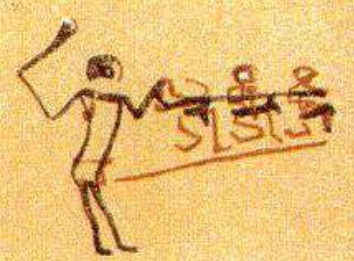
According to The Sumerian king list, dDumu-zi(d) "the fisherman" was taken captive by the single hand of En-me-barage-si.
According to The Sumerian king list, dDumu-zi(d) šu-peš
šu-peš is to be identified with šu-ku6 "fisherman" as is generally assumed, for the meaning of šu-peš is unknown.
Sumerian: pešku6 = "a fish"
Sumerian: šu = hand, Sumerian: peš = three
 |
| Wall painting from Tomb 100 at Hierakonpolis, ca. 3500-3200 BC |
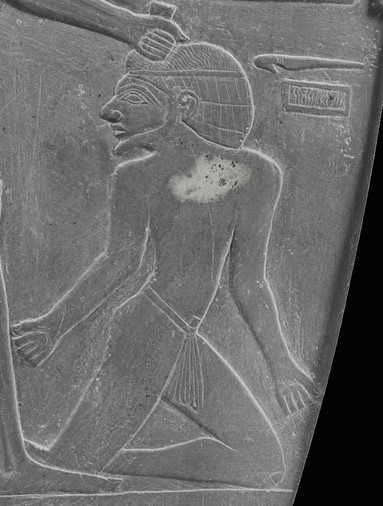 |
| Narmer Palette (recto) from "main deposit" at Hierakonpolis, ca. 3000 BC |
HK43 Burial 147 at Hierakonpolis belonged to an elderly pair found buried together. The male was aged 60+ and the female was aged 50-59. The heads had been cut off and placed on the chests of the essentially intact bodies. Over 15 cut marks were found on the neck vertebrae of the male, in addition, potsherds were found stuffed into the nasal cavity of the man's skull.
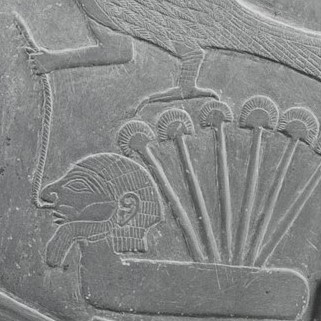 |
| Narmer Palette (recto), Hierakonpolis |
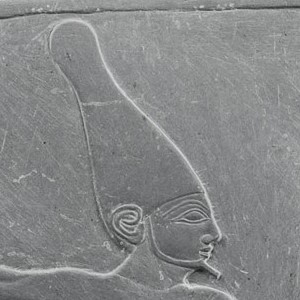 |
| Narmer Palette (recto), Hierakonpolis |
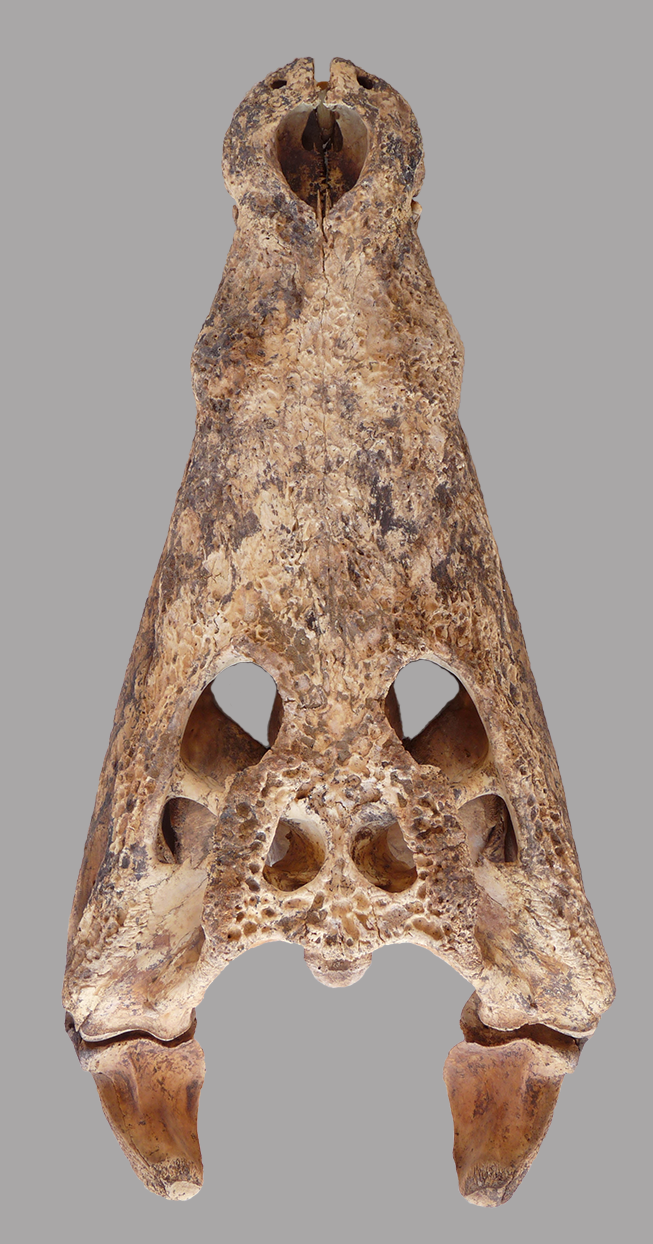 |
| Dorsal view of the skulls of a crocodile |
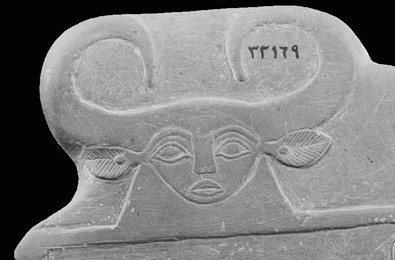 |
| Narmer Palette (recto), Hierakonpolis |
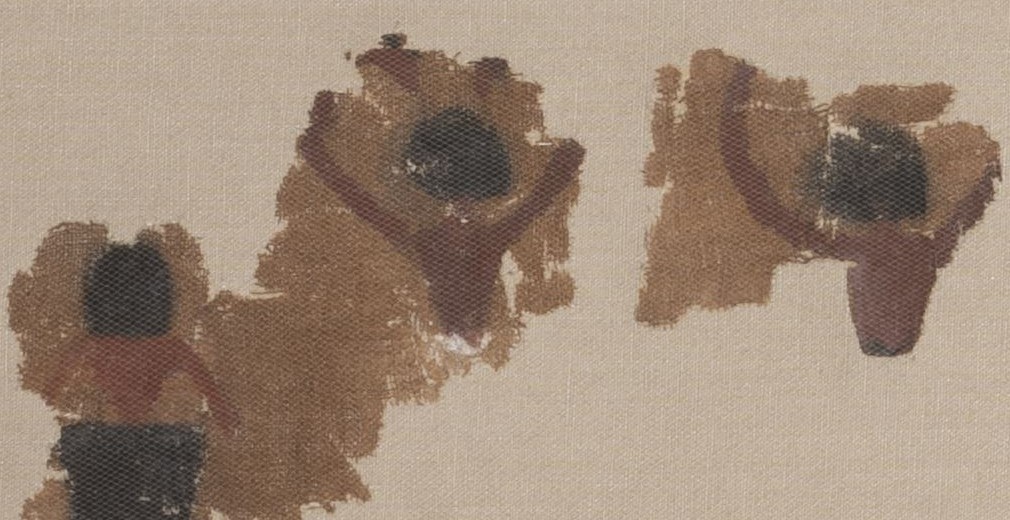 |
| Gebelein painted linen, Gebelein, ca. 3600 BC |
 |
At the edge of the main Predynastic town (the settlement cluster HK29/29A) in Hierakonpolis is the house and workshop of a potter. The evidence suggests that one day, the flames from his pottery kiln, located just over 5m away, spread to the house and burn it to the ground. The remnants of foundation trenches for post and reed walls of additional buildings and animal pens as well as the eroded (unburnt) remains of other sunken floor structures surround the house, but some may date to earlier or later phases of occupation. The averaged C14 date for this establishment is 3590+/-117BC, placing it in the early to mid Naqada II period. However, numerous sherds of white-cross line (C ware) pottery as well as pieces of marl ware indicate the area had a long history.
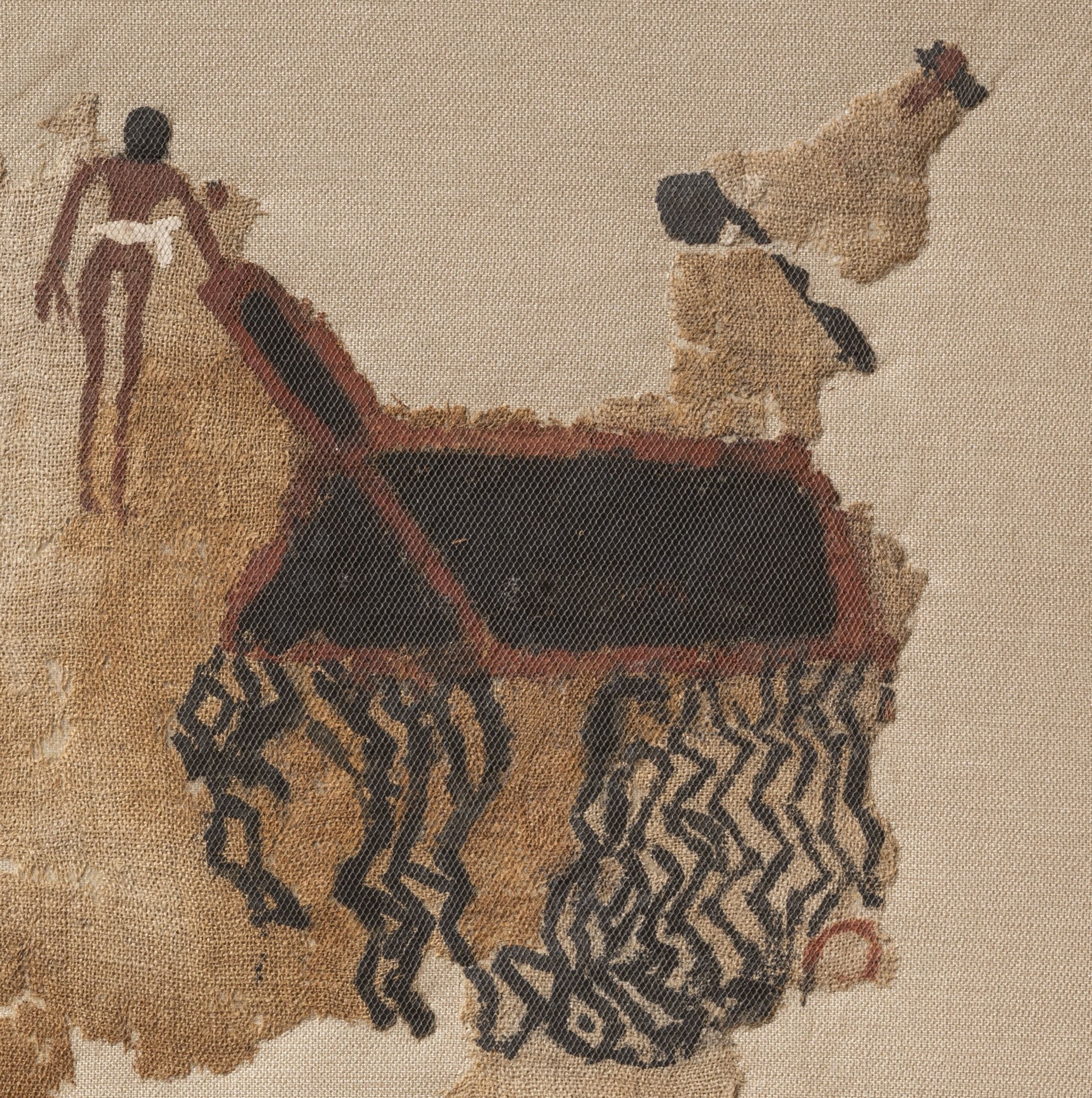 |
| A man standing with a hut and reed walls on Gebelein painted linen, Gebelein |
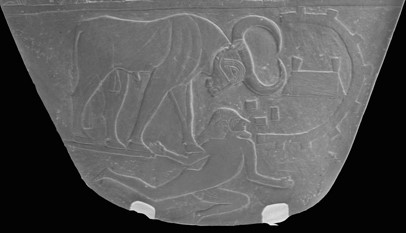 |
| Narmer Palette (verso), Hierakonpolis |
According to The Sumerian king list, dDumu-zi(d) šu-peš
šu-peš was interpreted as "three stones" on the verso of the Narmer Palette.
Akkadian: šû = stone, Sumerian: peš = three
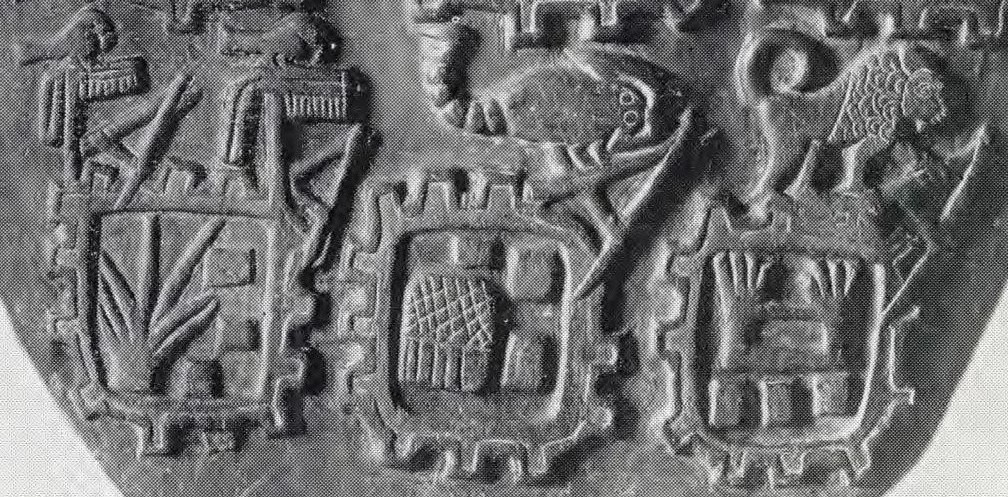 |
| Libyan Palette (back), Abydos, ca. 3200-3000 BC |
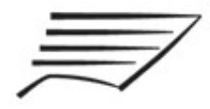 Proto-cuneiform SZU (šu) = hand
Proto-cuneiform SZU (šu) = hand
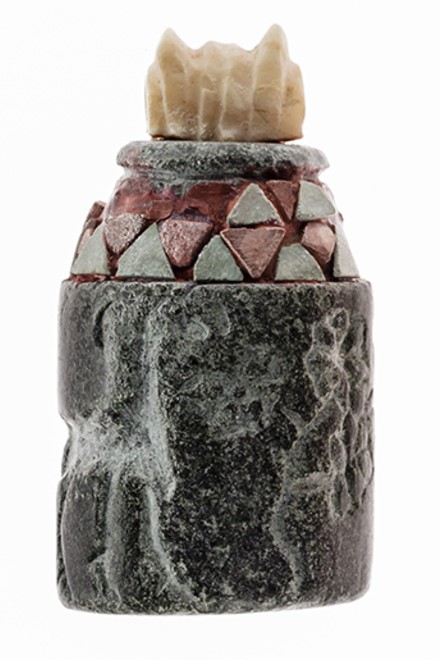 |
| Cylinder seal, Khafajeh, 3350-2900 BC |
References:
https://isac.uchicago.edu/sites/default/files/uploads/shared/docs/as11.pdf2024/06/30 Takahiko Nakagawa